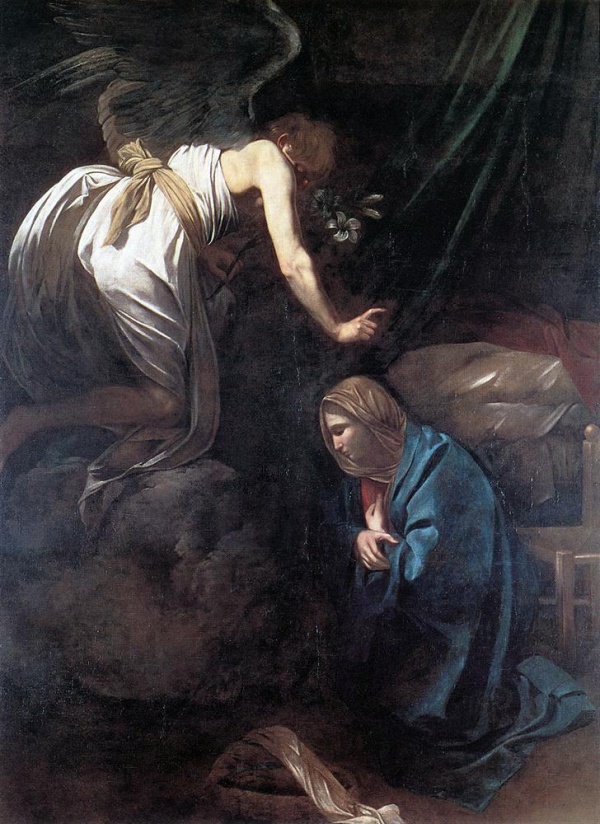Facts About Annunciation
"The Annunciation" is a captivating oil painting by the renowned Italian artist Michelangelo Merisi da Caravaggio, completed around 1608. Today, you can admire this masterpiece at the Musée des Beaux-Arts de Nancy. Despite significant damage and numerous restorations over the years, the painting still retains much of Caravaggio's original magic, particularly in the figure of the angel.
One of the standout features of this artwork is the angel, who appears to float on a cloud and seems to extend beyond the picture frame, showcasing a more Baroque flair compared to Caravaggio's usual style. This dynamic portrayal of the angel, contrasted with the receptive and humble figure of Mary, creates a powerful and emotionally charged scene. The loose brushwork, typical of Caravaggio's later period, adds to the painting's dramatic effect.
Interestingly, the painting was originally a gift from Henry II, Duke of Lorraine, to a church in Nancy, where it served as the main altarpiece. It is believed that one of the Duke's sons may have acquired the painting during a visit to Malta in 1608.
The composition of "The Annunciation" centers around two main figures: the angel Gabriel and the Virgin Mary. Gabriel is depicted holding lilies, symbolizing purity, as he delivers the divine message to Mary. Mary, on the other hand, is shown in a humble and receptive pose, absorbing the profound news. Caravaggio's signature techniques, such as sfumato (the subtle blending of colors and tones) and tenebrism (the stark contrast between light and dark), are prominently featured, with the majority of the scene enveloped in shadow, highlighting the two central figures.

 Switzerland
Switzerland